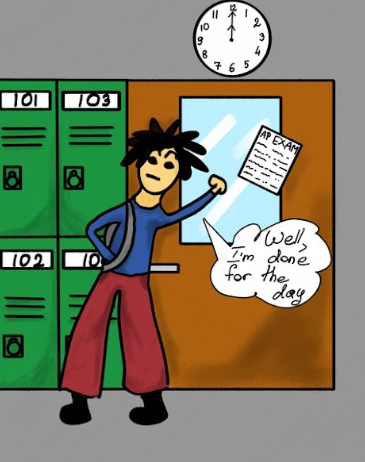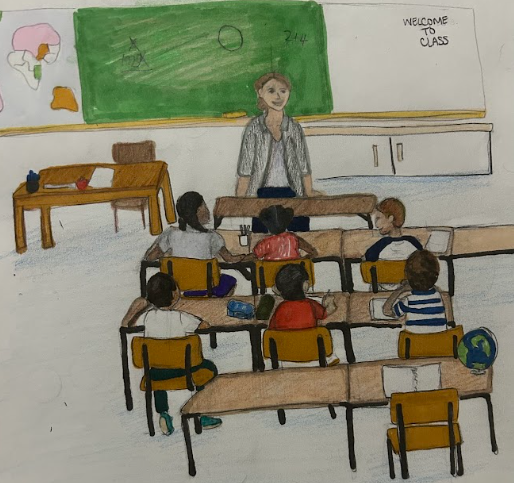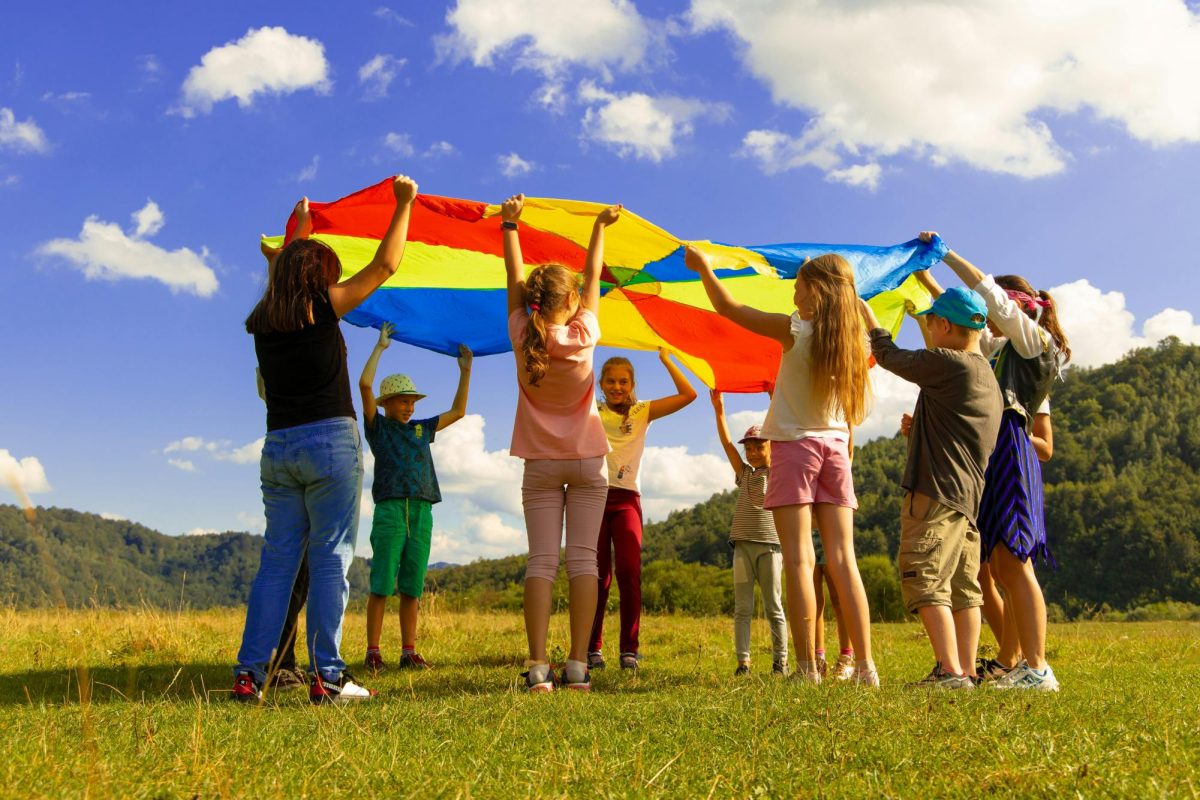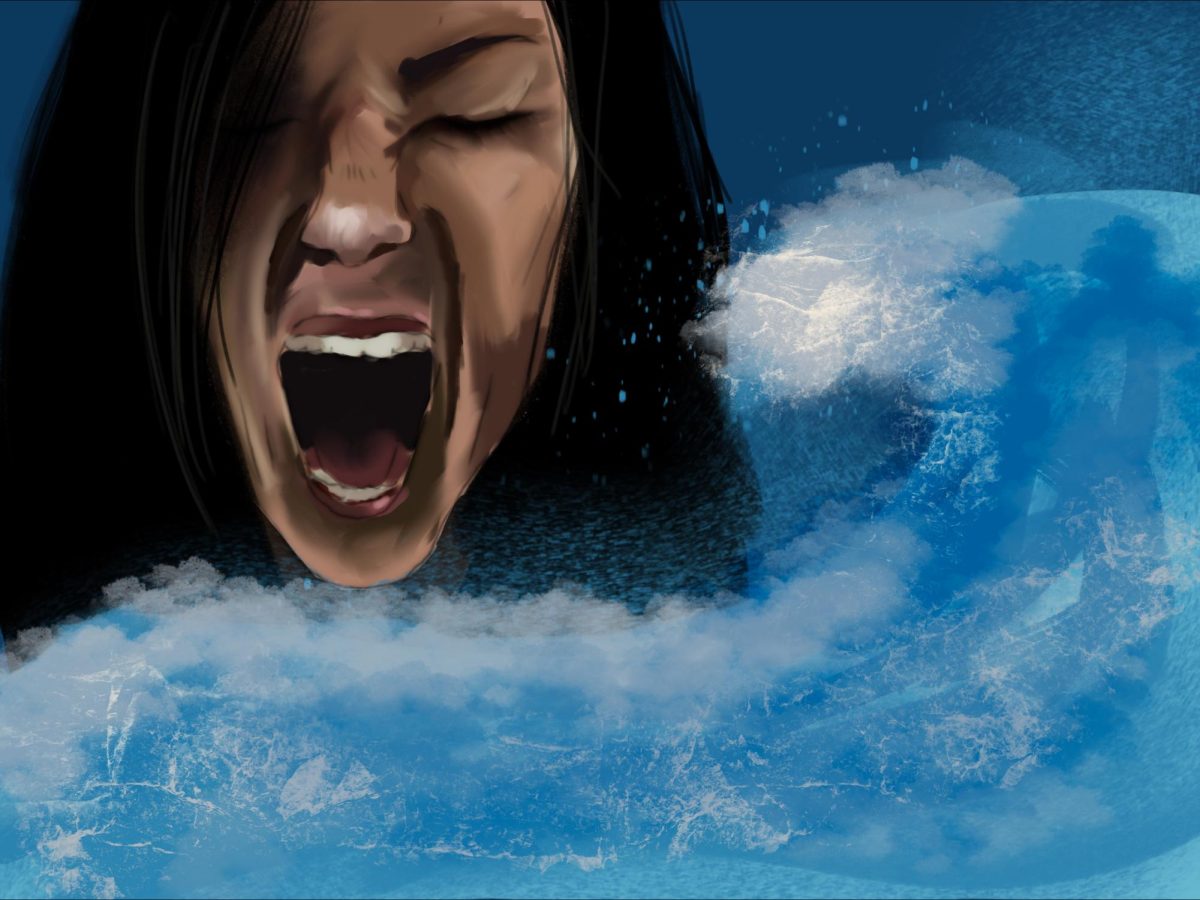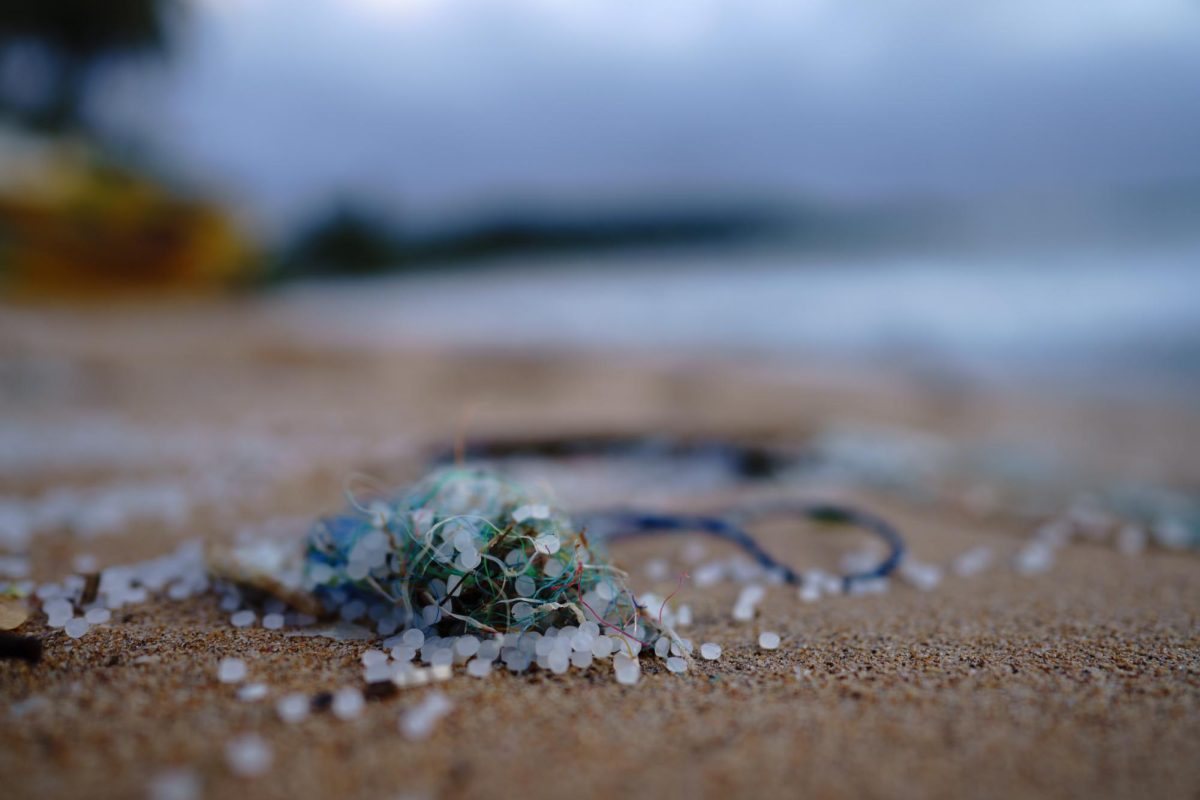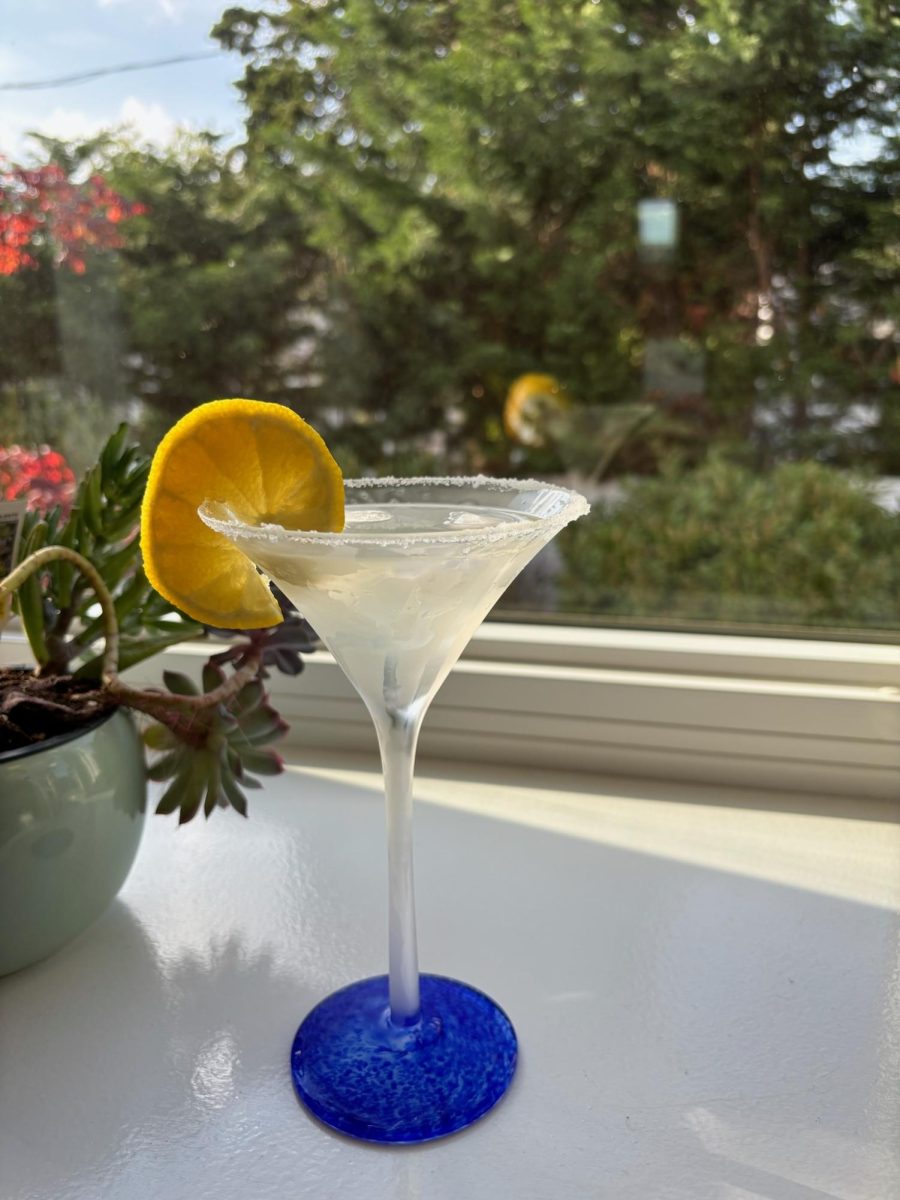Those completely educated on microplastic are few. When asked, freshman Eryn Spells said, “I do not know what [microplastics] are.” When questioned as to whether her peers knew more than she did, she did not believe so. “I think some people are educated [on microplastics] but forget [about this] over time,” Spells added. A microplastic is a piece of any type of plastic that is under five millimeters. How do these plastics get so small, and why does it matter? How much damage can microplastics really cause? Well, plastic is a substance that never truly breaks down and cannot decompose; this means it never goes away and only gets smaller, creating microplastics. This is catastrophic for the environment because mankind is creating more plastic than the oceans can handle.
Marine life ingests microplastics when they mistake them for food. These particles can accumulate in their digestive systems, potentially causing blockages and reducing the absorption of nutrients.”
— Jeanette Meszaros, biology teacher
Jeanette Meszaros, a biology teacher, discussed some of the ways microplastics affect aquatic life. Meszaros said that many animals, especially filter feeders (animals that typically get their food from tiny particles in the water), are at great risk. Just one of the many ways marine life can be harmed is by indigestion, which is when an animal cannot properly digest food in its stomach. Meszaros said, “Marine life ingests microplastics when they mistake them for food. These particles can accumulate in their digestive systems, potentially causing blockages and reducing the absorption of nutrients.” This can lead to malnutrition and weight loss, among many other health issues for marine life.
The dangers of microplastics do not end there. It has just recently been discovered that microplastics also have a toxic chemical coating on them, dangerous for animals and humans alike. This toxin sticks to the surface of a microplastic and can lead to damaged cell function, behavior disturbances, and fertility problems that can be passed on to future generations. In 2020, a study at James Cook University in Australia proved that fish exposed to microplastics can alter their behavior. This is a psychological, or brain functioning change in the fish where not much is known yet; they have been observed to take more risks, leading them to die earlier. But this does not just affect the ocean; it also greatly impacts humans.
Humans greatly rely on seafood. If the fish are eating plastic, and humans are eating the fish, that means humans are also undoubtedly consuming plastics as well. There is no way to avoid microplastics. They are everywhere, in everything. They are in the water, air, and blood. It is strangely ironic that everything humans made and disposed of when they decided no longer served them has completed the cycle, coming back to them only to be consumed unwillingly, and used, in a new, sinister way. Without a change, the last chance to regain control of the situation will be lost. There is nowhere on the planet that microplastics have not contaminated. The effect that this will have on health in the future is alarmingly unknown. Additionally, because of single-use plastics such as chip bags and water bottles, there is even more plastic waste in the ocean than ever before. This can cause microplastics to “snow.” Marine snow has always been around as a fundamental part of the ocean. Maine snow is the slow fall of organic material down from the higher waters to the lower waters. However, recently with all the microplastics in the ocean, the microplastics have joined the slow fall of marine snow; therefore, the ocean is “snowing microplastics” as they sink deeper into the ocean.
Siddhartha Hayes, manager of research and aquaria at the Hudson River Park Trust, was asked if plastic usage has been rising or declining, as well as what can be done about it. Hayes said, “[It] hasn’t been getting better.” He explained that if this continues, then it is expected that by 2050, plastic in the sea will outweigh the number of fish in the sea.
Hayes suggests that mankind can change the impact of microplastics on the environment if society makes small but necessary changes in their daily lives. Hayes suggests limiting single-use plastics; this can look like bringing a reusable bag when grocery shopping, using a reusable water bottle, storing food in containers instead of using plastic wrap, and buying things second-hand. The good news is that although this situation is not irreversible, society can stop the spread of microplastics and help minimize the damage affecting the environment.







